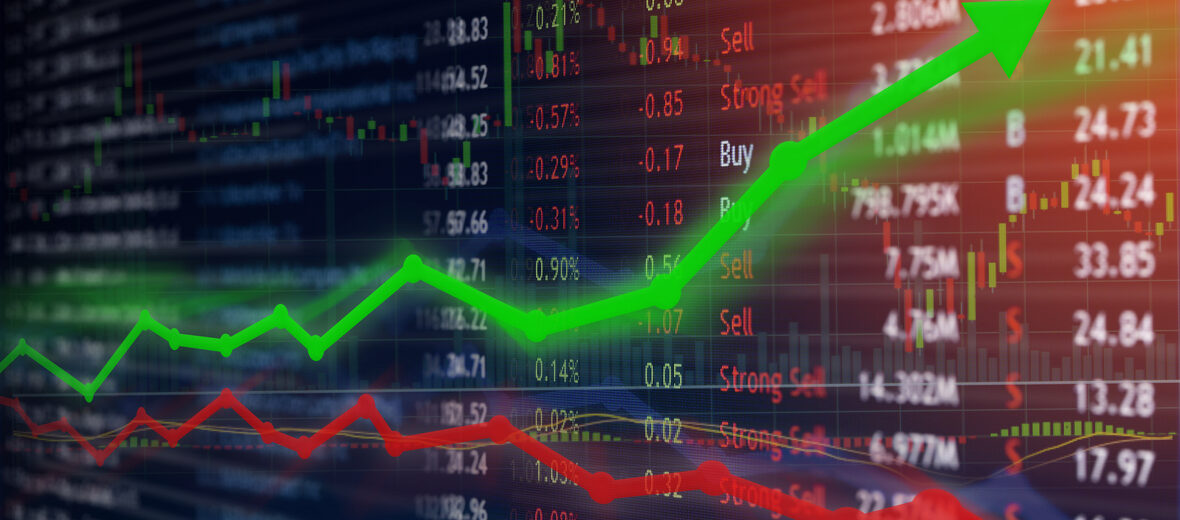We live in an unpredictable world. On New Year’s Day 2020 who would have forecast what lay ahead of us? And, in the world of investments, it just goes to show you that it’s almost impossible to speculate what will happen, even in the near future.
With this in mind, we are not going to attempt to predict what we think will happen in 2021. Instead, we have highlighted below three trends and sectors which we have been reading more about recently.
1. Environmental, Social and Corporate Governance (ESG)
ESG funds have surged in popularity in recent years. In fact, research by Morningstar suggested the ‘majority of ESG funds outperform wider market over ten years’ (as of June 2020). The ‘majority’ was close to six out of ten funds.
This would appear to contradict some suggestions that investing in ESG funds comes at the expense of performance.
As with all investments, sometimes expectations do not meet with reality. Of course, The value of your investment can go down as well as up and you may not get back the full amount you invested. And past performance is not a reliable indicator of future performance, but it is interesting never-the-less.
Record levels of investment in ESG funds were seen in 2020 as increased social awareness started to be reflected in investment choice. Further increases in ESG investment look likely in 2021 unless something significant happens to change investors’ views.
However, sceptics have noted a new trend that they describe as ‘greenwashing.’ Effectively this is a marketing spin by companies to falsely show their products’ ‘green’ credentials. It has therefore been suggested that some of the companies which are held by ESG funds are not true ESG companies.
2. Asia (excluding Japan)
For a long time, investors have singled out Asia as a major growth market. You only have to look at China’s emergence since the late 70s to see what major Asian growth looks like. Add into that the growth of countries like India, Indonesia, Thailand and South Korea, and the whole region becomes attractive to investors – particularly those looking for higher risk and potential high reward investments to diversify their typically western-focused portfolios.
Reasons why investors are looking to Asia in 2021 include the IMF’s view from their latest World Economic Outlook that the GDP of emerging and developing Asia is set to increase by 8% in 2021. That is more than any other group of nations and above the prediction for ‘advanced economies’ which stands at 3.9% GDP growth. Morgan Stanley is also expecting Asian countries (particularly China and India) to lead the economic recovery.
With US stock market price to earnings (PE) ratios (a basic way of creating a valuation for companies) reaching relatively high historical values, some investors may decide to look elsewhere to see whether better value can be found.
It should therefore come as no surprise then that some large investors are still keen to add Asian investments to their diversified portfolios.
3. ‘Growth to value’ rotation
Simply put, growth investors look for companies which they expect to grow more than their industry or the market in general. Value investors look for companies which they believe are under-priced versus their intrinsic value.
Over the last decade, growth shares – for example, many US technology shares – have produced high returns. In general, these returns have been higher than the returns for companies seen as value shares.
However, this is not always the case. In the years running up to the 2007/08 financial crisis, value shares were popular and, generally speaking, beat the returns of growth shares. Before that, the dot-com bubble saw investors buying internet-related growth shares, with some enjoying incredible returns before the market came crashing down spectacularly in 2000.
This pattern is referred to as a market cycle. These happen across a wide variety of sectors, assets, industries, and investment styles. Historically, one type of cycle seen in investment circles is ‘value versus growth’ investment styles. As we have explained above, the last decade has been a growth cycle.
Naturally, some investors are predicting a sustained rotation from growth investing back to value investing. However, traditional value investors have been saying this for a few years and it has never come to pass. So, it remains to be seen whether there will be a sustained rotation from growth to value investing in 2021.
Conclusion
It is exceedingly difficult to predict investment markets. Therefore, a pragmatic and sensible view is that, in 2021 and beyond, investment portfolios are well-diversified, invested according to an individual’s professionally assessed risk profile and invested over the long term (with periodic reviews) to meet reasonable goals and objectives.
As financial advisers, this is something we can help you with. If you would like to discuss your investment portfolio, please can contact us by email or, if you prefer to speak to us, you can reach us in the UK on +44 (0) 208 0044900 or in Hong Kong on +852 39039004.
If you enjoyed this article, why not check out our Active vs Passive fund article?
Disclaimer – any views and opinions expressed in this article are those of the author only and may not be correct and do not constitute financial or investment advice. Any views expressed in the website links provided in this article are those of the author of the linked article only.




 Production
Production
